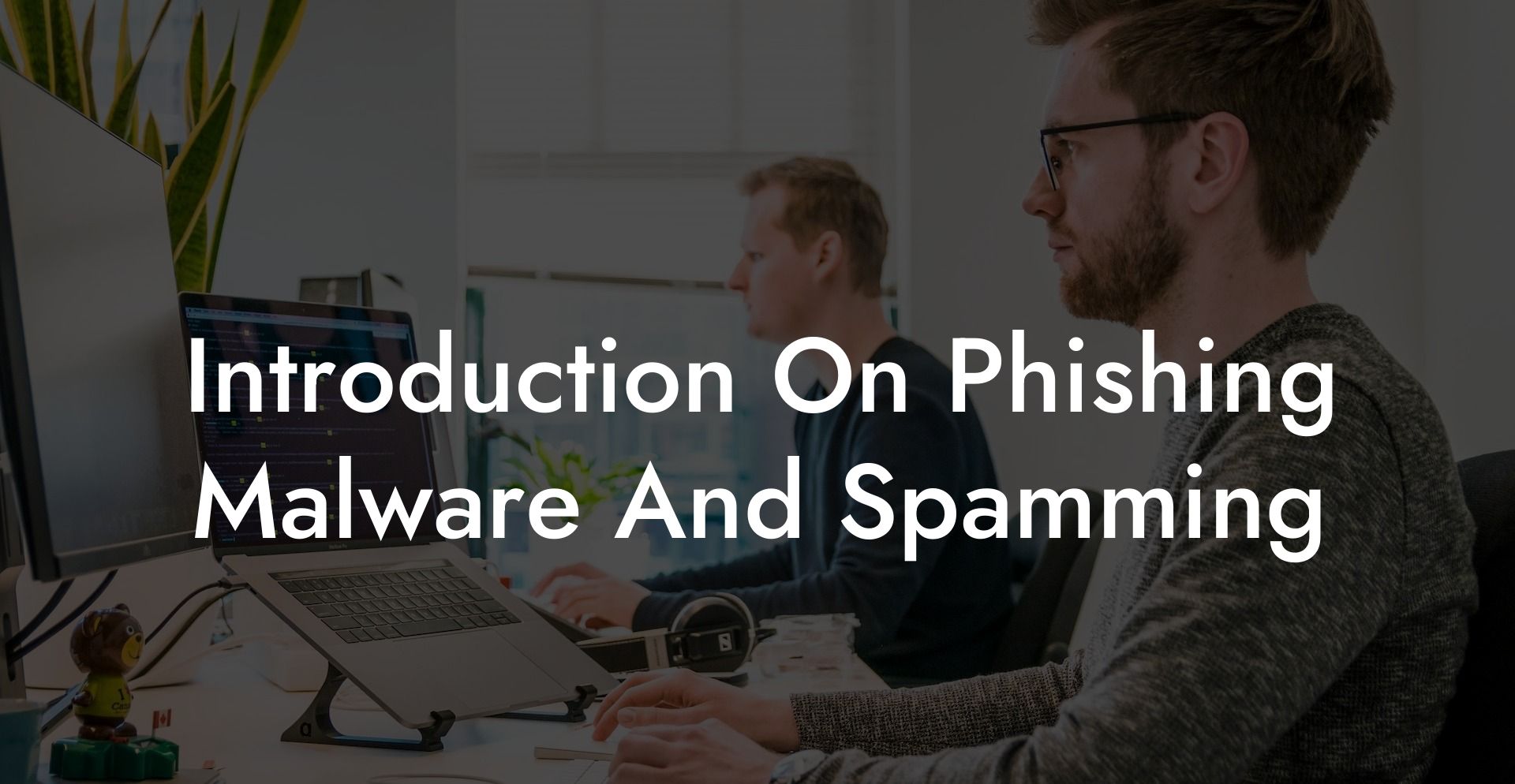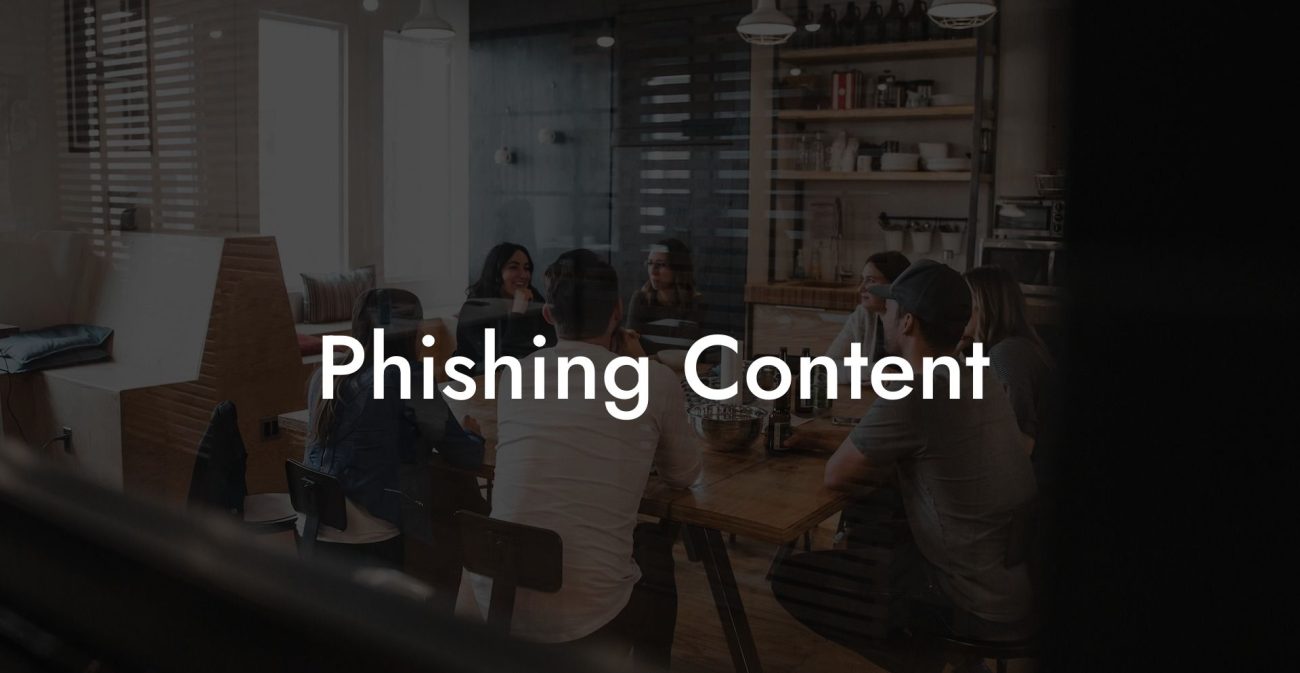In today's digital world, where technology is advancing at lightning speed, cyber threats have become a significant concern for individuals and corporations alike. Among the many cyber threats we face today, phishing malware and spamming campaigns are top contenders, as cybercriminals are deploying them with increasing frequency and sophistication. In this extensive guide, we'll explore phishing malware and spamming, their techniques, the damage they can cause, and how you can stay protected against these menacing attacks.
Introduction On Phishing Malware And Spamming Table of Contents
Phishing Malware: A Lucrative Fishing Expedition for Cybercriminals
Phishing Malware: A Lucrative Fishing Expedition for Cybercriminals
In a phishing attack, cybercriminals create fake websites or emails that appear to be legitimate, with the sole purpose of deceiving their victims into disclosing sensitive information such as bank account details, social security numbers, and login credentials. Phishing malware adds an extra layer to these attacks by injecting malicious software into the victim's device, often without their knowledge. Once installed, the malware can record keystrokes, monitor online activities, or hijack personal information, eventually translating to financial fraud, identity theft, and other devastating consequences.
Protect Your Data Today With a Secure Password Manager. Our Top Password Managers:
One recent example of a phishing malware attack is the infamous Emotet, which originally started as a banking Trojan but later evolved into an advanced malware delivery system. Emotet typically sends spam emails to unsuspecting recipients containing malicious attachments or links. Upon clicking, the user unintentionally installs the malware, giving cybercriminals direct access to their device.
Spamming: A Persistent Nuisance
Spamming is the act of unsolicited mass emailing, primarily for advertising purposes or spreading malware. While they can be merely annoying for some, they pose a considerable risk for others, particularly when they contain embedded malware or phishing links. According to statistics, spam emails account for more than half of all emails sent worldwide, highlighting the enormity of the problem.
An example of a spamming campaign with serious consequences is the WannaCry ransomware attack in 2017. In this instance, a spam email provided the initial entry point for the ransomware, which later propagated across networks, ultimately affecting more than 200,000 computers in over 150 countries. The attack caused an estimated $4 billion in damages, making it one of the most destructive cyber-attacks in history.
How to Combat Phishing Malware and Spamming
Bolstering your defenses against phishing malware and spamming may seem impossible, but there are steps you can take to minimize the risk:
1. Be cautious with email attachments and links - Don't click on them unless you're confident they're from a trusted source. Hover over the link to check if the URL matches the sender's domain.
2. Keep your devices and software up-to-date - Regular updates and patches ensure that vulnerabilities are addressed swiftly, making it more difficult for cybercriminals to exploit them.
3. Install antivirus and anti-spam software - These tools help detect and block known threats and provide an extra layer of protection against malware and spam emails.
4. Educate yourself and your employees - Knowledge is power when it comes to cyber threats. Keep yourself informed about the latest scams and share information with your colleagues.
5. Be wary of unsolicited emails - Be skeptical of any suspicious emails, even if they seem to be from a trusted source. If in doubt, verify the legitimacy of the email through an alternate means, such as contacting the sender directly.
In conclusion, phishing malware and spamming campaigns have become increasingly sophisticated and prevalent, making it imperative to remain vigilant in protecting your personal and financial information. Stay informed, be cautious, and invest in reliable cybersecurity tools to minimize the risk of falling prey to these malicious attacks.
Protect Your Data Today With a Secure Password Manager. Our Top Password Managers:















